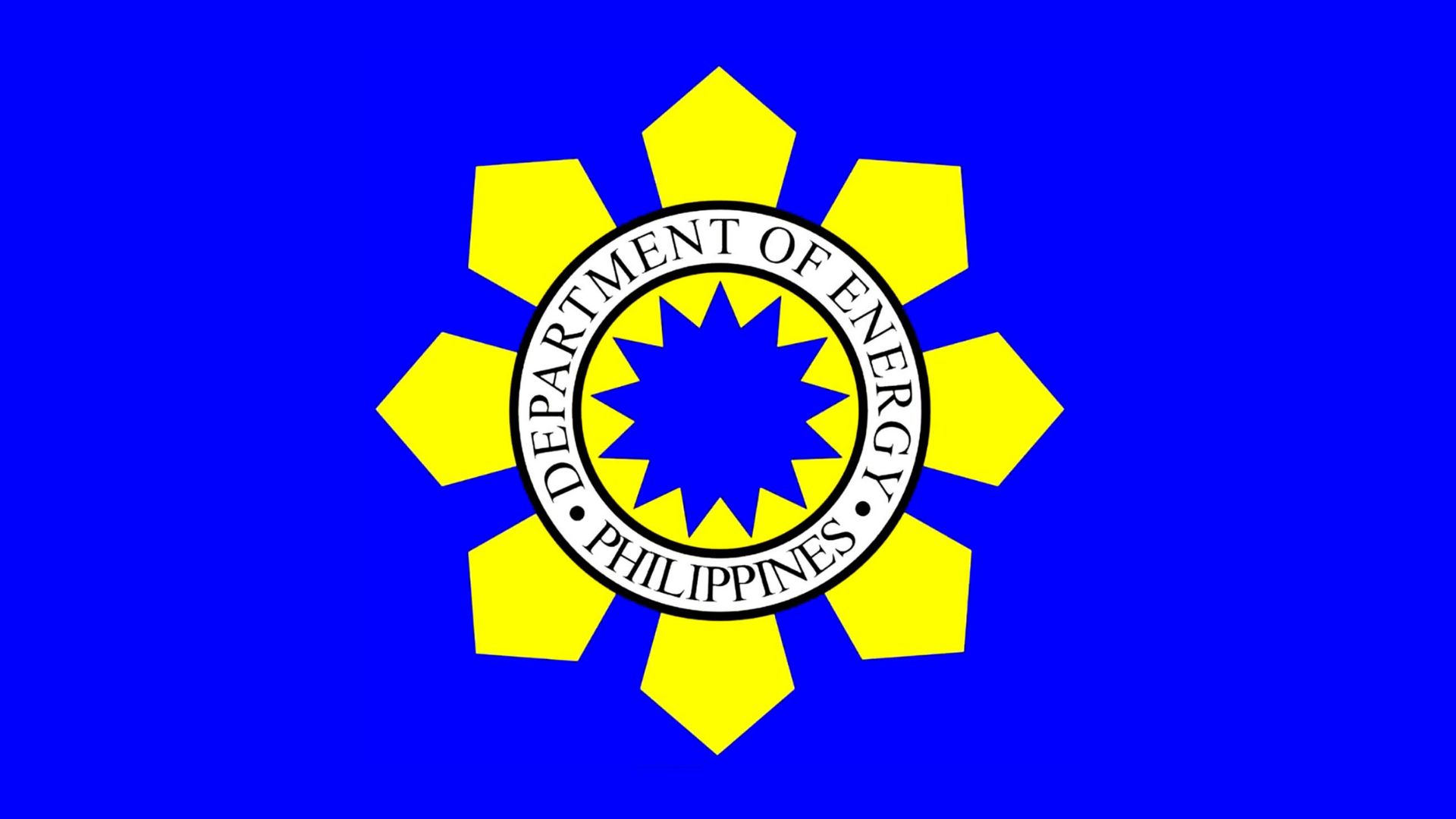DOE seeks multilateral funding to bridge electrification gap by 2028
- July 9, 2024
- 0

The Department of Energy (DOE) says that reaching complete electrification by 2028 needs an allocation of Php 72 billion, nearly triple the current budgeted amount set by the government.
In a report by Inquirer, Energy Undersecretary Rowena Cristina Guevara said that discussions with the Department of Finance (DOF) and the National Economic and Development Authority (NEDA) are underway to secure Php 50 billion in financing from multilateral lenders such as the Asian Development Bank and World Bank.
Guevara added that as of March this year, household electrification in the Philippines stood at 93.12%, leaving over 2 million households still without electricity.
The estimated Php 72 billion investment is aimed at energizing these remaining households by 2028, however, the government’s allocated budget for the project ranges only from Php 3 billion to Php 5 billion yearly, which would amount to up to Php 25 billion until 2028.
The DOE Undersecretary also said that atop the possibility of the country needing to secure loans because of budget deficit, there is also the possibility of government appropriations through the Department of Budget and Management (DBM) to cover the required P72 billion over the next seven years.
The energy department intends to utilize the long-term financing to execute various aspects of the electrification initiative, including the installation of distribution lines and standalone solar home systems.
Guevara stressed that the financing would reap significant economic benefits, such as a potential gain of Php 315 billion, equivalent to 1.8% of GDP, once total electrification is achieved nationwide.
Additionally, households with access to electricity for eight hours daily are projected to see a 17.9% increase in average income and a 17% rise in expenditures.
Doubling access to 16 hours daily could potentially boost both income and expenditures by about 33%, while providing round-the-clock access may lead to nearly a 50% increase in income and over a 52% increase in expenditures.
The National Electrification Administration (NEA) aims under the 2028 Total Electrification Plan to expand consumer connections within the service areas of 121 electric cooperatives by about 1.36 million households.